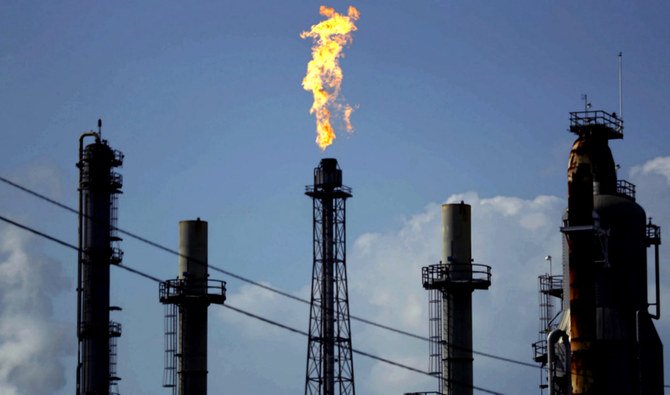
- ARAB NEWS
- 09 Jul 2025

Faisal Faeq
Crude oil prices recorded their second weekly gain despite the pall of coronavirus hanging over commodity markets.
Brent crude advanced to $58.50 per barrel and WTI rose to $53.46 per barrel on optimism that China will be able to soften the crude oil demand hit from coronavirus after the government reported the lowest number of new cases.
Nevertheless, oil has lost about 15 percent since the beginning of the year on fears that the outbreak will squeeze global energy demand. Now the market is wondering if it is possible for the Brent price to break the $60 barrier before OPEC’s much anticipated meeting in early March.
While supply disruptions in Libya continue to affect the market, analysts have grown somewhat weary with their impact.
Of greater concern is the big drop in demand for oil in China — especially from Russia, where the spot price for Russian East Siberia Pacific Ocean crude (ESPO) has weakened further.
Lower Chinese refinery demand has caused floating storage to accumulate offshore in China where most of these idling (anchoring) very large crude carriers have been loaded with March barrels and not yet with April deliveries.
The market has also started to see the impact on lower refining margins in Asia and Europe.
This is largely as a result of lower demand for petroleum refined products — especially for the Jet fuel which has been affected by global flight restrictions related to coronavirus.
Jet fuel prices are now expected to fall to near-record lows.
Lower demand for petroleum-refined products in China has led Beijing to cut gasoline and diesel retail prices for the second time in 2020.
This reflects China crude oil demand, which has fallen by about a third.
The US Energy Information Administration (EIA) lowered its outlook for crude oil demand growth.
That took into account not only coronavirus but also lower-than-expected heating fuel consumption caused by the Northern Hemisphere’s warmer winter